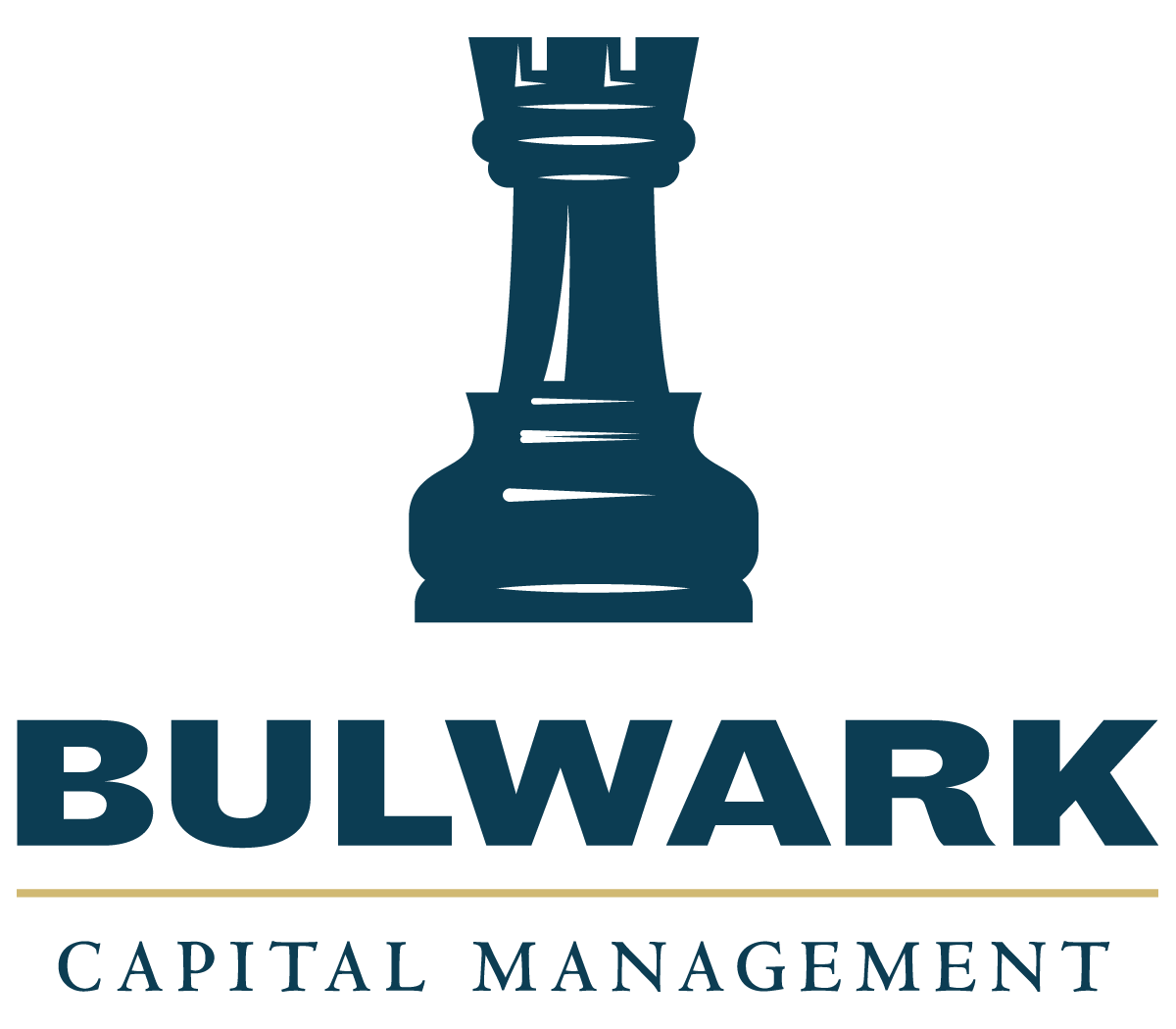April is often known for spring cleaning, Easter, and Passover, but it’s also Financial Literacy Month. At its core, financial literacy refers to understanding and effectively being able to use various financial tools and strategies. So, in honor of the month, we’re offering a basic financial primer, with some quick definitions and simple breakdowns of common retirement accounts.
Background: The Decline of Pensions
During the rise of the industrial age, as workers migrated and began working for factories and other enterprises, they shifted away from farming and self-sufficiency and began relying on pensions to fund their retirement. Because these pension plans were managed by their employers who tended to take care of and provide for their loyal employees, workers were little involved in strategies or decision-making when it came to planning for their own retirements.
But times have changed. The first implementation of the 401(k) plan was in 1978, and since then, has gradually supplanted the pension for most American workers. According to a congressional report, between 1975 and 2019, the number of people actively participating in private-sector pension plans dwindled from 27 million to fewer than 13 million, although public employees sometimes still have them. 2
Today, most workers are responsible for funding their own retirement, which makes understanding and participating in retirement accounts vital.
401(k) Plans
A 401(k) is an employer-sponsored retirement savings plan. With the traditional 401(k), employees can contribute pre-tax income into their own account, selecting among the plan’s list of options which funds they want their money invested in. Many employers may even match employee contributions up to a certain percentage.
(NOTE: In the public sector, there are 403(b)s, 457s, the TSPs (Thrift Savings Plan), and many other retirement plans which work similarly to the 401(k), but may have slightly different rules.)
With a traditional pre-tax 401(k), the employee’s contributions can reduce their taxable income for the year, since the money is deducted from their paycheck. Once an employee reaches age 59-1/2, per the IRS they can start taking withdrawals without incurring penalties, depending on their employer’s 401(k) plan rules. Withdrawals from traditional 401(k) plans are subject to income tax, which means employees will owe taxes on the amount withdrawn. Additionally, 401(k) plans are subject to required minimum distributions (RMDs), which mean an employee must begin taking withdrawals from the account every year beginning at age 73.
Some employers also offer a Roth 401(k) option, which uses after-tax dollars. Although you must pay income taxes on the money you put into a Roth 401(k), including any employer Roth account matching amounts, a Roth option offers tax-free withdrawals in retirement as long as the account has been in place for five years or longer, no RMDs, and no taxes to your beneficiaries or heirs.
While the 401(k) can be a great way to save, it’s important to be mindful of how much you’re contributing, how your funds are invested, and what the tax ramifications of your decisions may be.
Social Security
Social Security is a part of many Americans’ retirement planning. It was created as a national old-age pension system funded by employer and employee contributions, although later it was expanded to cover minor children, widows, and people with disabilities.
Established in 1935, Social Security payments started for workers when they reached age 65—but keep in mind at that time, the average longevity for Americans was age 60 for men and age 64 for women. With people living much longer today, Social Security usually needs to be supplemented with your own personal savings and other retirement accounts.1,8
IRAs
Individual Retirement Accounts (IRAs) were created in the 1980s as a way for those without pensions or workplace retirement plans to save money for themselves for retirement in a tax-advantaged manner. While the tax treatment and contribution limits vary, the goal is to provide you with the means to build a retirement nest egg that can grow over time.
Types of IRAs:
• Traditional IRA: Allows for tax deductible contributions for some people, depending on their income level and whether they have a plan through their workplace. Any growth in a traditional IRA is tax-deferred, and you’ll pay taxes when you withdraw the money in retirement. Contributions are subject to annual limits, and penalties apply if funds are withdrawn before age 59 ½, with some exceptions. RMDs must be taken annually beginning at age 73 and ordinary income taxes are due on withdrawals.
• Roth IRA: Contributions to a Roth IRA are made with after tax income, meaning you don’t receive a tax deduction when you contribute. However, qualified withdrawals in retirement are tax free if the account has been held for at least five years and withdrawals occur after age 59 ½. This account may be suitable for individuals who anticipate being in a higher tax bracket during retirement. Roth IRAs are also tax free to those who inherit them if all IRS rules are followed.
• SEP IRA (Simplified Employee Pension) and SIMPLE IRA (Savings Incentive Match Plan for Employees): For self-employed individuals and small business owners, a SEP IRA or SIMPLE IRA plan can allow for higher contribution limits for both themselves and/or their employees. Under the SECURE 2.0 Act, Roth contributions are now permitted in both SEP IRAs and SIMPLE IRAs if elected by the employer. These are made with after-tax dollars and follow Roth taxation rules for withdrawals.
Annuities
Annuities are insurance products designed to convert your savings into a stream of income, particularly during retirement. When you purchase an annuity, you exchange a lump sum or series of payments for periodic income. This income can be for a set term or the rest of your life, which functions similarly to a personal pension. (Guarantees are provided by the financial strength of the insurance company providing your annuity contract.)
Annuities can be funded with either pre-tax (qualified) or after-tax (non-qualified) dollars. They may be purchased with a single lump sum – such as funds rolled over from a 401(k). Alternatively, they may be funded through ongoing contributions – in the case of deferred annuities.
While annuities can provide predictable income, they may also involve fees, surrender charges, and tax implications that may not be suitable for everyone. It’s important to understand how each type of annuity works and to consult with a financial professional before purchasing.
Types of Annuities:
• Fixed Annuity: A contract offering a fixed interest rate for a set period of time.
• Fixed Indexed Annuity (FIA): A contract offering principal protection and the potential for growth based on the performance of a market index – such as the S&P 500. While the account value is not directly invested in the market, interest is credited based on a formula tied to index performance, subject to caps, participation rates, and spreads. (Guarantees are provided by the financial strength of the insurance company providing your annuity contract.)
• Variable Annuity: A contract where the value and income payments fluctuate based on the performance of investments chosen within the annuity. The choice of investment subaccounts, like mutual funds, can increase or lose value based on market performance.
• Registered Index-Linked Annuity (RILA): RILAs offer the opportunity for market-based growth with some downside protection. Unlike fixed indexed annuities, RILAs are registered securities products that allow for limited losses and limited gains based on index performance and contract terms. These products carry risk and are not suitable for all investors.
Life Insurance
Life insurance can provide financial protection for your loved ones by offering a death benefit paid to a beneficiary upon your passing. Policies vary widely, but they generally aim to replace lost income, cover debts, or fund future expenses. Some policies, like permanent life insurance, can also build cash value over time, which can be borrowed for various needs, including retirement income.
It’s important to work with your financial advisor to find the right policy for your needs, and remember, medical underwriting may be required.
Types of Life Insurance
• Term Insurance: Provides a death benefit if the insured passes away within a specified term (e.g., 1, 2, 10, 15, or 30 years). Premiums are typically level for a certain period but may increase with age. Once the term expires, the policy ends.
• Whole Life: A permanent policy with fixed premiums and cash value accumulation that grows at a tax-deferred rate set by the insurance company. Policyholders can borrow against the cash value; however, loans will accrue interest and reduce the benefit if not repaid.
• Universal Life: Offers flexibility in premium payments and death benefit amounts – subject to underwriting and contract limits. It accumulates cash value based on the credited interest rate set by the insurer. Indexed Universal Life (IUL) is a type of universal life where credited interest is tied to a market index -such as the S&P 500. The IUL policy is not directly invested in the market and typically includes a cap rate, floor, or participation rate – offering growth potential with downside protection.
• Variable Life: Comes in two forms—variable and variable universal life. Both variable life insurance (VL) and variable universal life (VUL) insurance are permanent coverage that allocate cash value to market investment subaccounts which can lose value, but with variable life, there is a fixed death benefit, while with VUL, there is a flexible death benefit and adjustable premium payment amounts.
Whether you’re just starting to think about retirement or are near retirement age, it’s never too late to learn more, or take action to create your own personal retirement plan. If you’re unsure about your retirement options or would like assistance planning for your financial future, please reach out to us! You can reach Bulwark Capital Management in Tacoma, Washington at 253.509.0395.
Sources:
1. https://en.wikipedia.org/wiki/401(k)#
2. https://www.usatoday.com/story/money/2024/03/19/pensions-are-popular-why-dont-more-americans-have-them/72968970007/
3. https://www.schwab.com/ira/traditional-ira/withdrawal-rules?msockid=29dc569f2e1f64ea0d3c46022fac6511
4. https://u.demog.berkeley.edu/~andrew/1918/figure2.html
5. https://home.treasury.gov/system/files/131/WP-91.pdf
6. https://www.indeed.com/career-advice/career-development/financial-litteracy
7. https://www.investopedia.com/guide-to-financial-literacy-4800530
8. https://www.ssa.gov/history/age65.html
This document is for informational purposes only. All information is assumed to be correct but the accuracy has not been confirmed and therefore is not guaranteed to be correct. Information is obtained from third party sources that may or may not be verified. The information presented should not be used in making any investment decisions. It is not a recommendation to buy, sell, implement, or change any securities or investment strategy, function, or process. Any financial and/or investment decision should be made only after considerable research, consideration, and involvement with an experienced professional engaged for the specific purpose. All comments and discussion presented are purely based on opinion and assumptions, not fact. These assumptions may or may not be correct based on foreseen and unforeseen events. Past performance is not an indication of future performance. Any financial and/or investment decision may incur losses.
Any annuity guarantees are backed by the financial strength and claims paying ability of the issuing insurance company and may be subject to caps, restrictions, fees and surrender charges as described in the annuity contract. Index or fixed annuities are not designed for short term investments and may be subject to caps, restrictions, fees and surrender charges as described in the annuity contract. Crediting methodologies can be complex and difficult to comprehend. You should make sure you understand the risks and rewards of any annuity before considering an investment.
Investment Advisory Services offered through Trek Financial LLC, an investment adviser registered with the Securities Exchange Commission. Information presented is for educational purposes only. It should not be considered specific investment advice, does not take into consideration your specific situation, and does not intend to make an offer or solicitation for the sale or purchase of any securities or investment strategies. Investments involve risk and are not guaranteed, and past performance is no guarantee of future results. For specific tax advice on any strategy, consult with a qualified tax professional before implementing any strategy discussed herein. Trek 25-205.




 This chart shows that those who exit the market the day after every -2% market move or worse over a 25-year time period usually underperform those who remain fully invested. When you leave the market, you don’t just avoid future bad days, you also miss out on the future good days. Ultimately, missing even just a few of the market’s best days, or getting back into the market only after the market is already up, which can impact long-term returns. Because, remember, just like in life, nothing stays bad forever; good days will come again. The market is no different.
This chart shows that those who exit the market the day after every -2% market move or worse over a 25-year time period usually underperform those who remain fully invested. When you leave the market, you don’t just avoid future bad days, you also miss out on the future good days. Ultimately, missing even just a few of the market’s best days, or getting back into the market only after the market is already up, which can impact long-term returns. Because, remember, just like in life, nothing stays bad forever; good days will come again. The market is no different.











 253.799.6416
253.799.6416 invest@bulwarkcapitalmgmt.com
invest@bulwarkcapitalmgmt.com